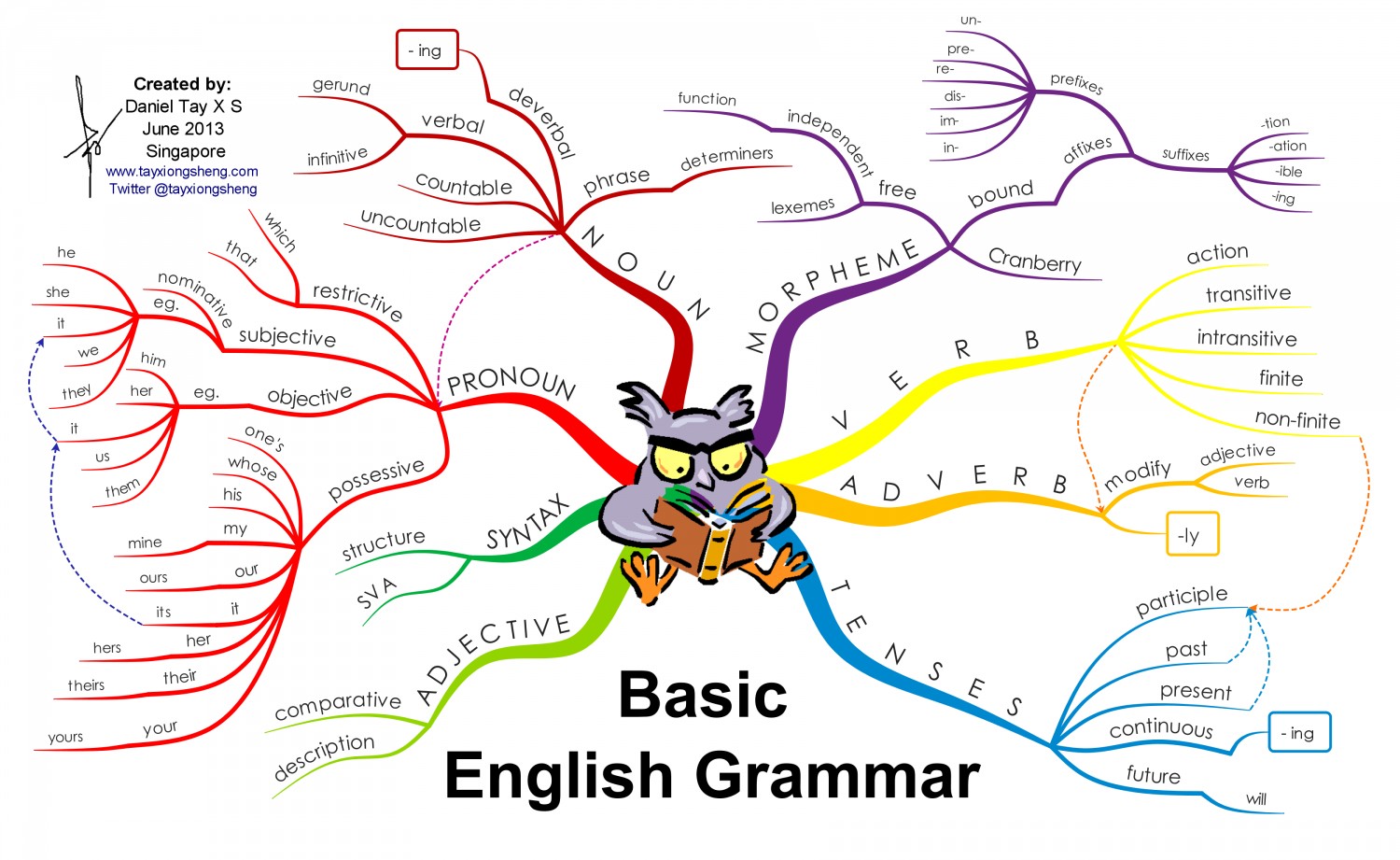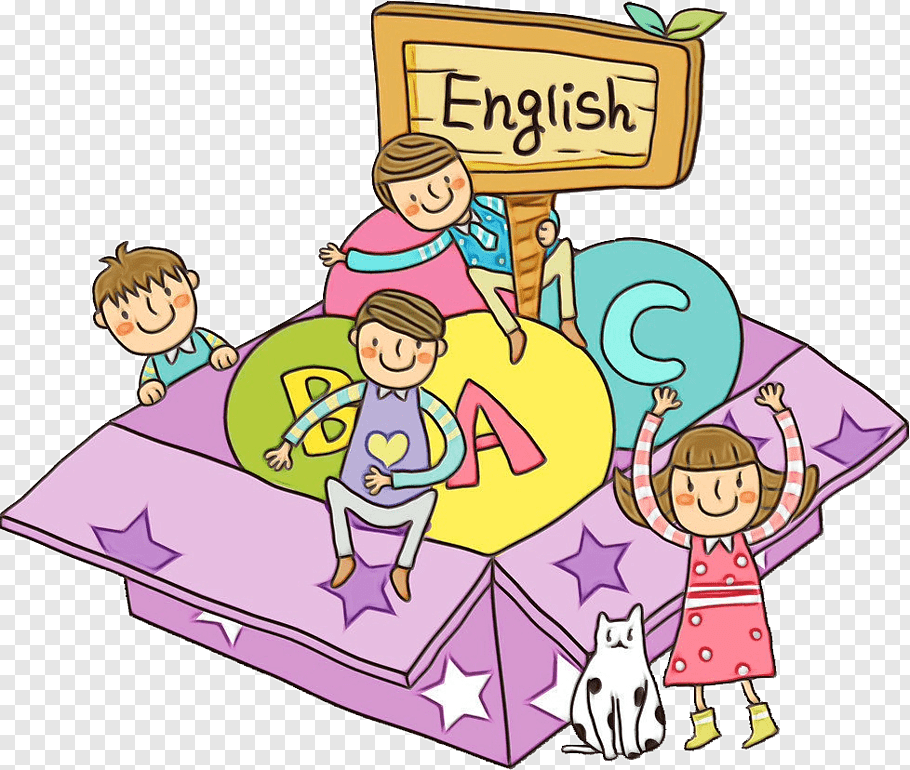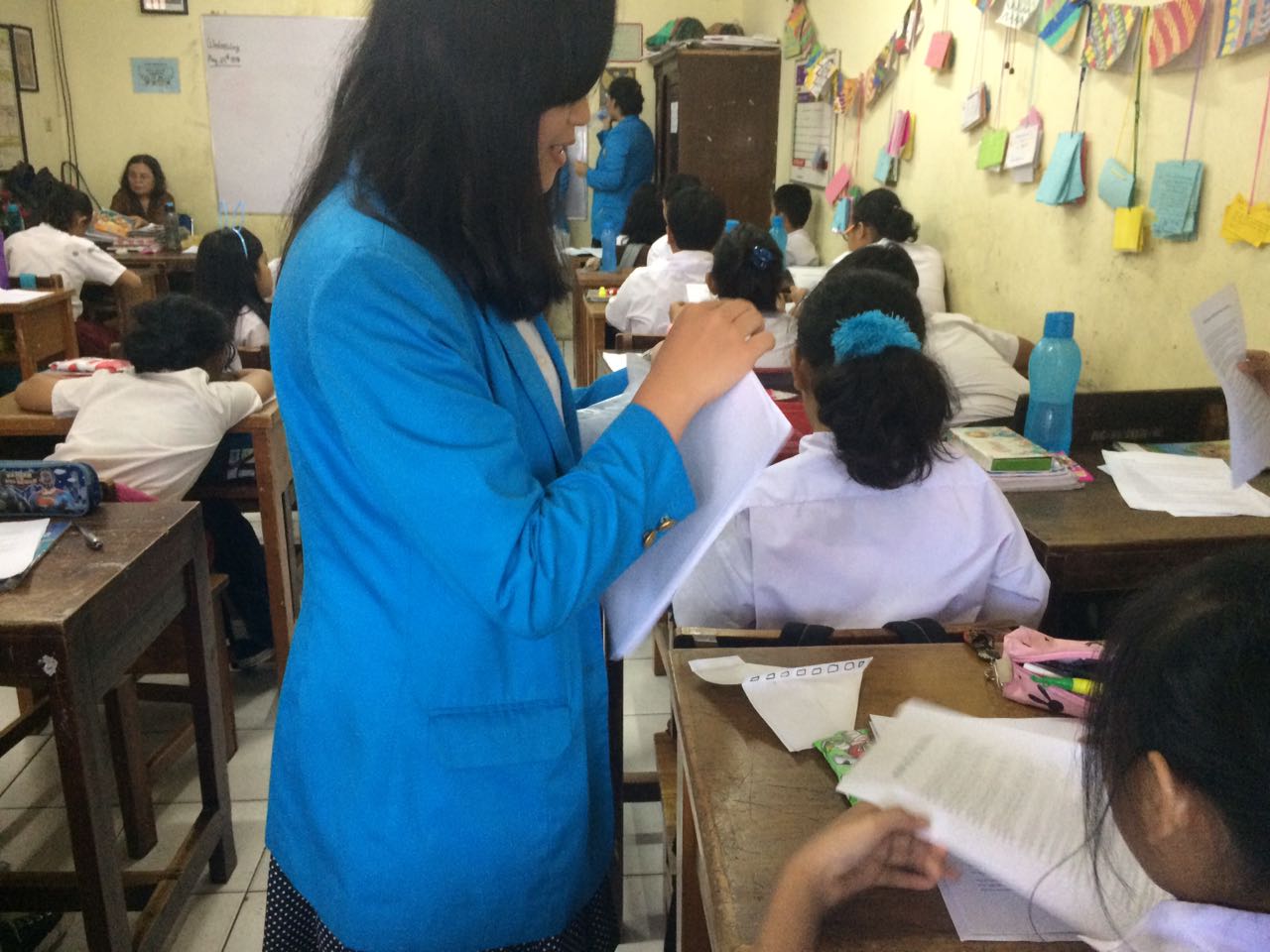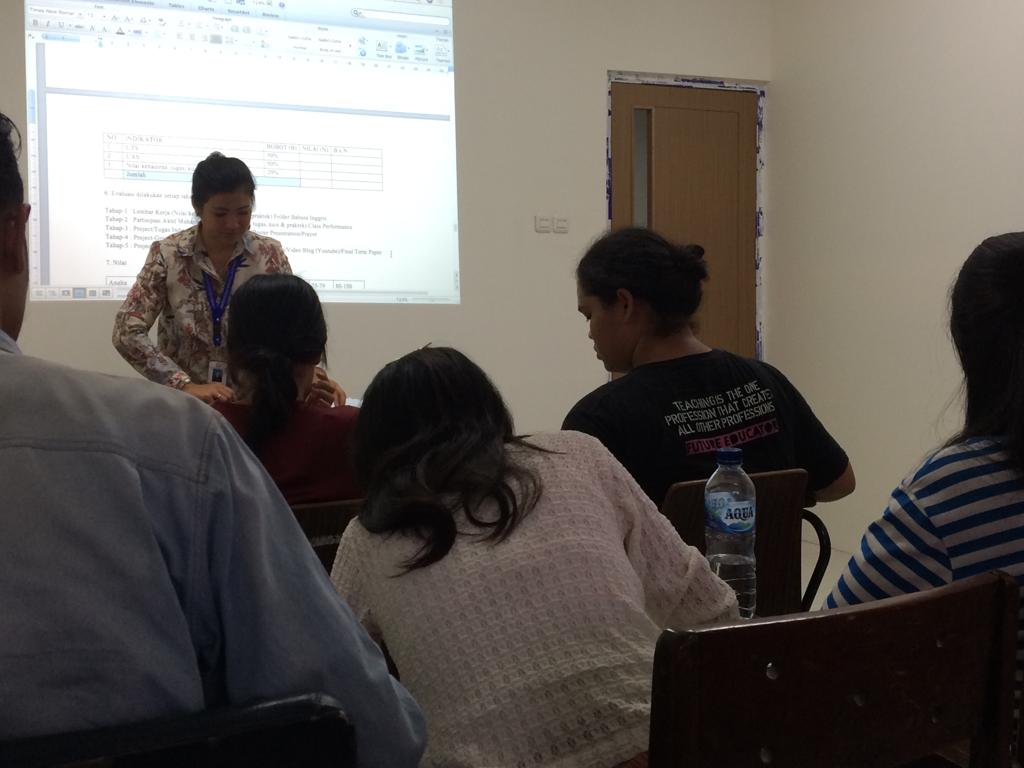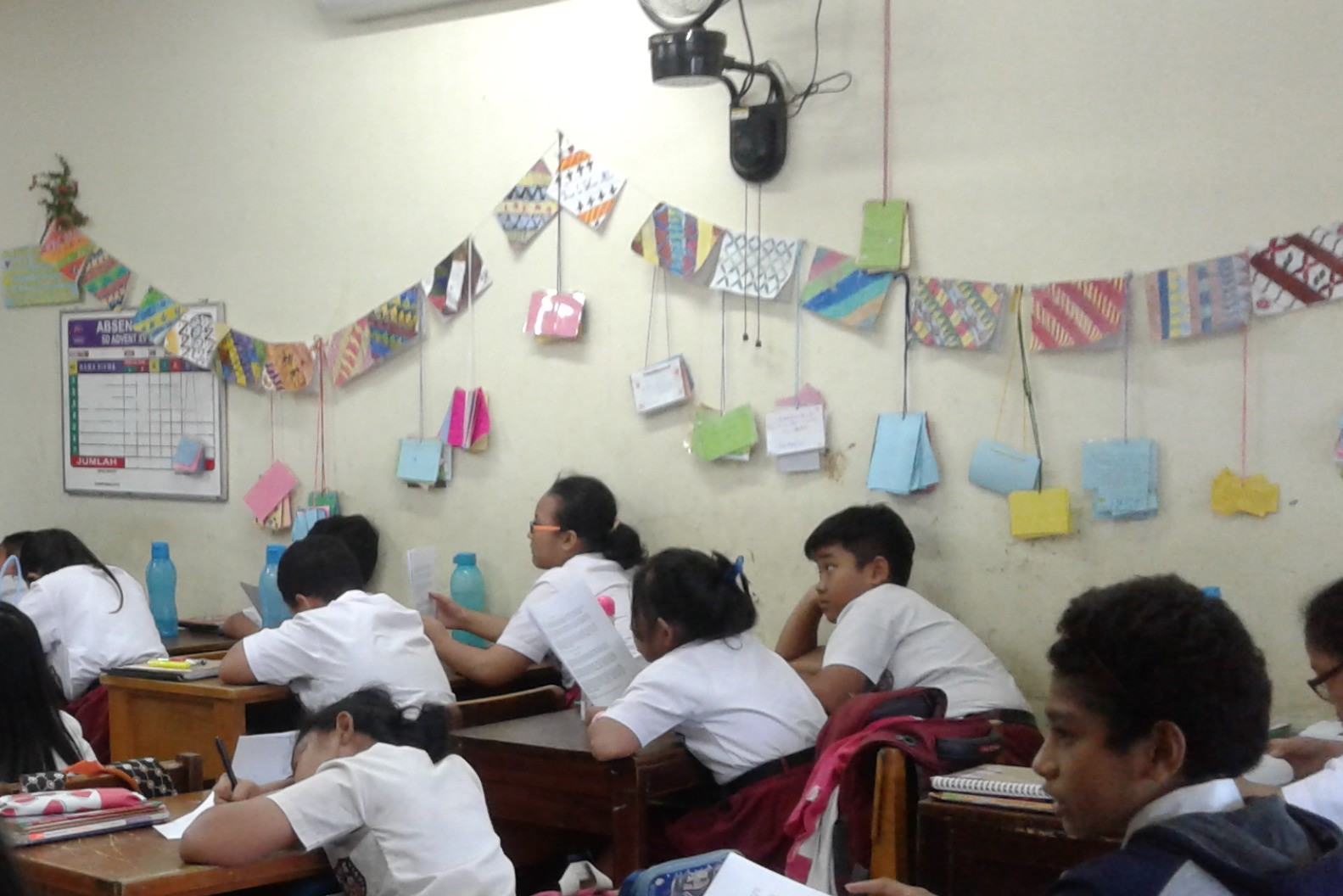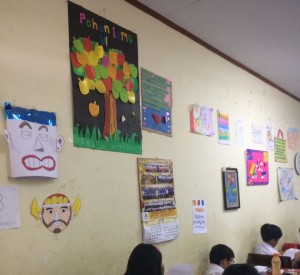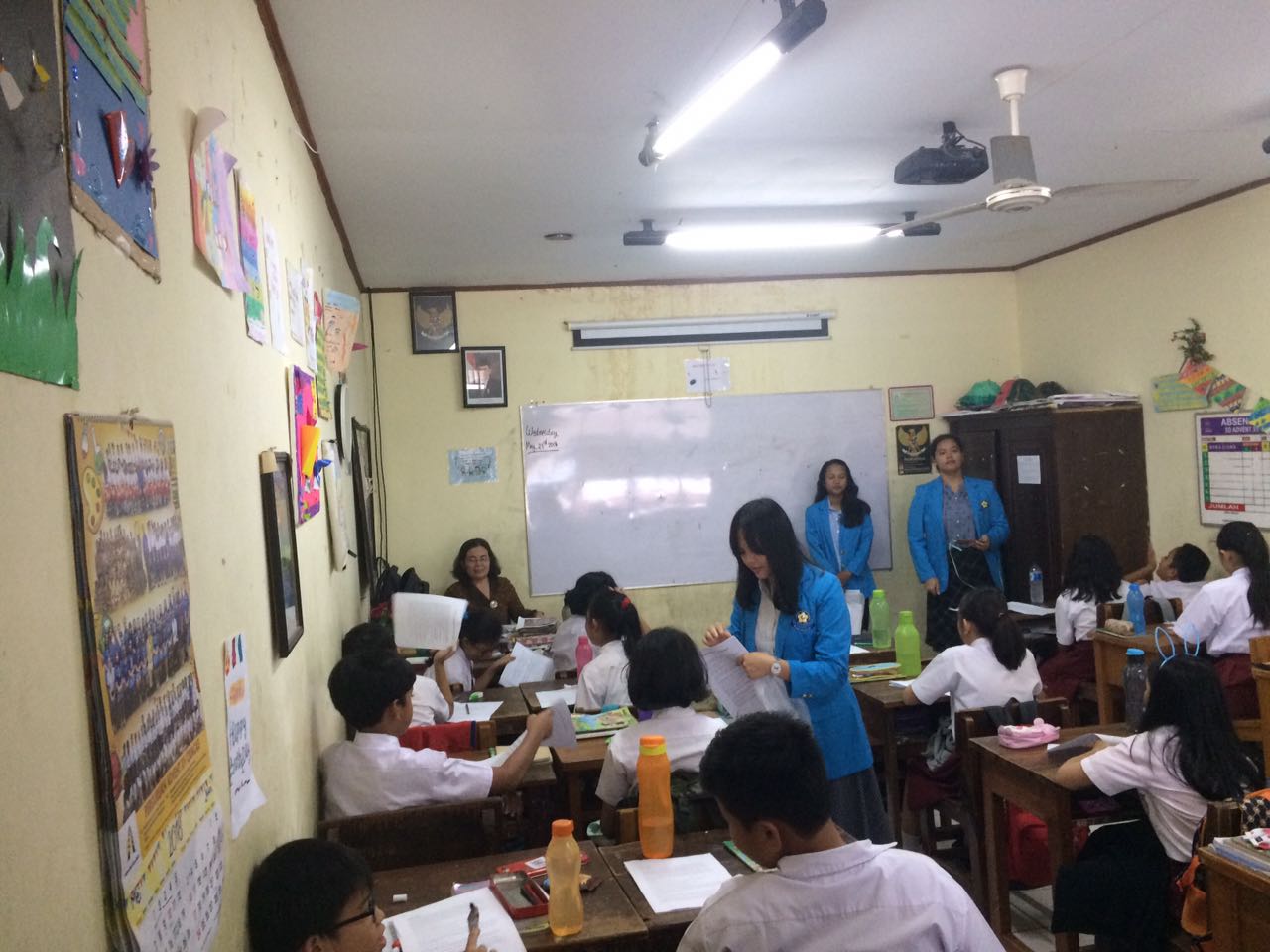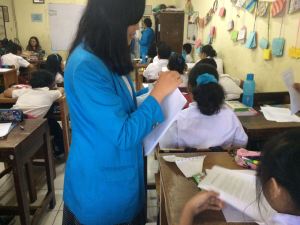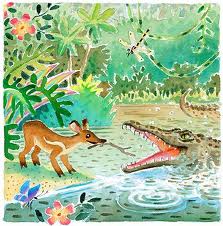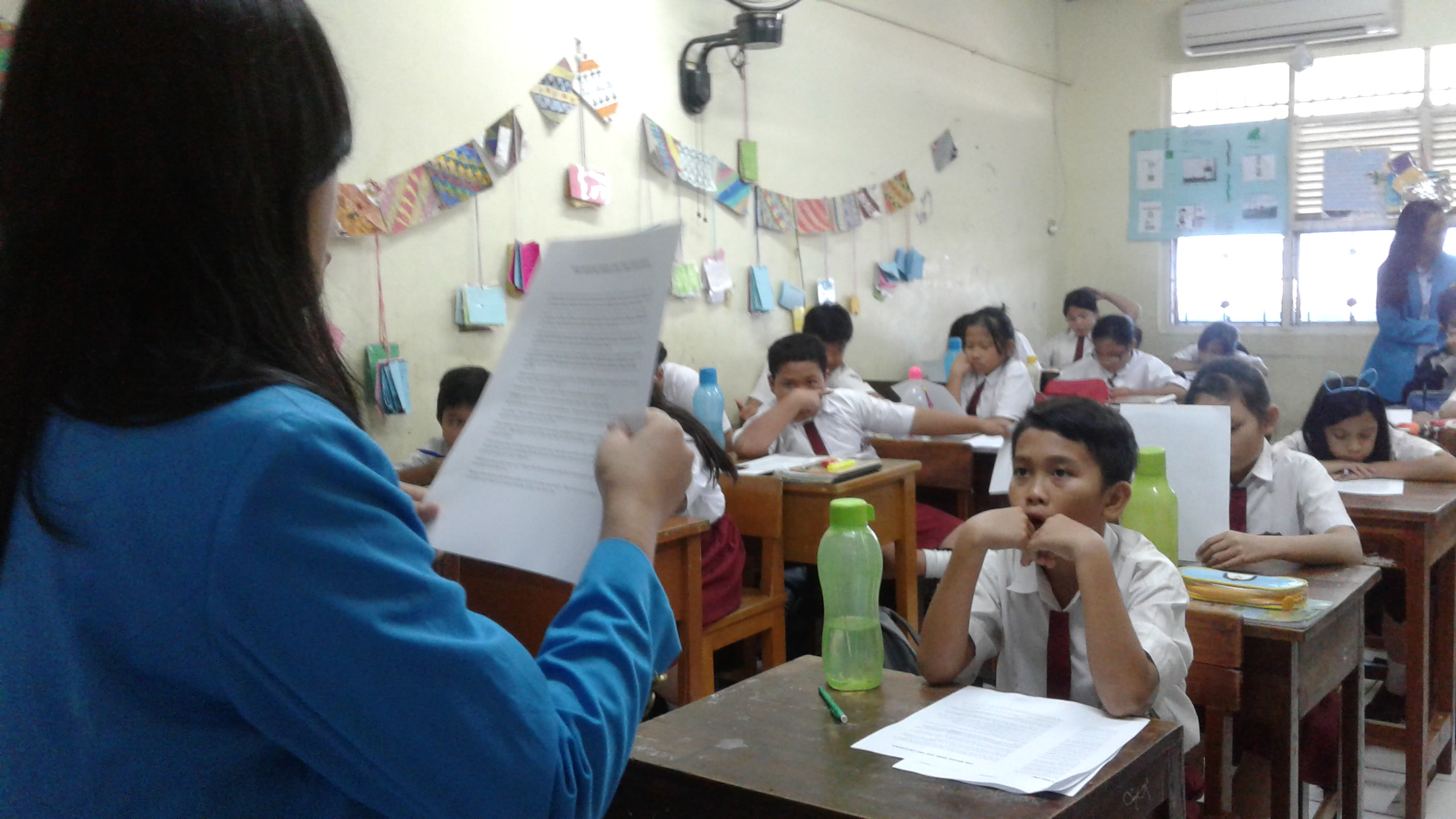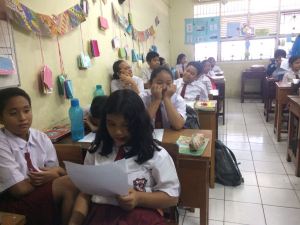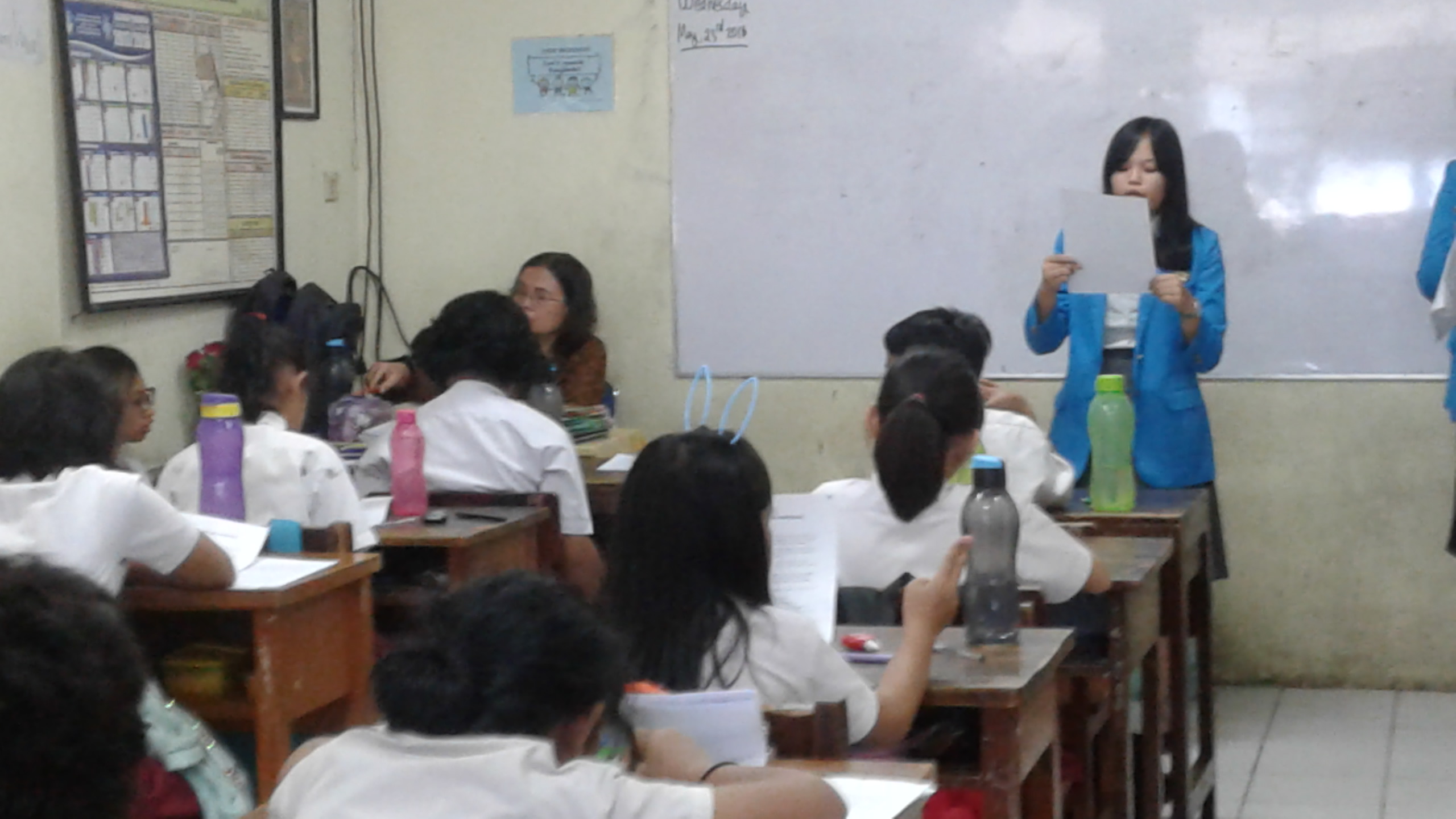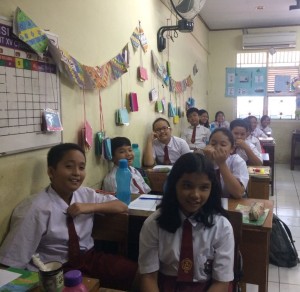
Hello everyone. Welcome to Moonlise blog. 🙂 Today we will learn about obligation.

From the picture above, what do you think about the picture?
Alright the people have a car accident. So they have to go to the hospital.
We can conclude that it’s their obligation to go to the hospital, right?
WHAT IS OBLIGATION?
According to Cambridge Dictionary, Obligation is something that a person feels morally or legally forced to do. It means we have to/ must obey something. In English, there are three modals that we usually use, such as: Must, Have to and Should. So do you know the differences between those modals? Okay, please give attention to the next explanation!

“Must”
Must is a strong obligation (possibly based on the speaker’s opinion).
The Structure of Must:
| (+) | Subject | + | must | + | Main verb |
| (-) | Subject | + | must+not | + | Main verb |
| (?) | Must | + | subject | + | Main verb |

Example:
For the example, look at the picture. It shows that he has a bad score in exam.
It means that, “He must study hard, so that he can get a good score”.
From this example we can conclude that is a strong obligation that come from the speaker’s opinion.
The other example of must:
“You must do your homework every night.”
“I must stop smoking!”
“Have to”
Have to similar to must. It also strong obligation, but it (possibly from outside). It means, it can be a regulation that we have to obey (can be a school regulation, traffic regulation, etc).
The Structure of Have to:
| (+) | Subject | + | Have to/has to | + | Main verb |
| (-) | Subject | + | Do/does+not + have to | + | Main verb |
| (?) | Do/does + subject | + | Have to/has to | + | Main verb |
For the example of have to, look at this picture bellow.

From the picture above we can see that in our country, “Every student has to wear a uniform to school”.
The other example of have to:
“John has to wear a tie at work”
“In Indonesia, you have to drive on the right”
“Should”
Different with must and have to, should is a mild obligation. Should in here use to give and advice to someone. So the obligation can be accepted or not.
The Structure of Should:
| (+) | Subject | + | should | + | Main verb |
| (-) | Subject | + | should+not | + | Main verb |
| (?) | Should | + | subject | + | Main verb |
For the example of should, please look at this picture bellow.

“You should stop smoking. It’s bad for your health.”
From this example we can see that someone give an advice to the smoker. So the smoker can accept the advice or not.
The other example of should:
“You should stop eating fast food.”
“You should go for walks more often.”
“We should go to the park tomorrow.”
“The Example Of Obligation”
For more example of obligation, you can watch this video bellow.
Exercise
Complete the sentences with ” Must, Must Not, Have To or Don’t/Doesn’t Have To, Should, and Should Not.“
- I …………. study this weekend. It’s my obligation as a student.
- You …………. feed the animals in the zoo. It’s forbidden!
- I …………. make my bed every morning. I …………. help my parents at home.
- You …………. do exercise every day. It’s good for you.
- You …………. listen to loud music. It’s bad for your ears!
- You …………. help me now. Dad helped me this morning.
- They …………. study harder if they want to pass their exams.
- You …………. use your mobile phone in class.
- She …………. wear a uniform at school. She can wear jeans.
- You …………. eat fast food. It’s bad for you!

